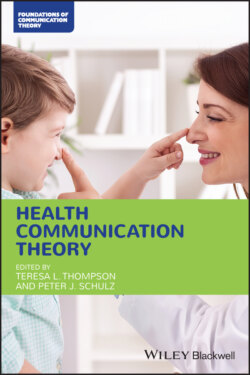Читать книгу Health Communication Theory - Группа авторов - Страница 31
Conclusion
ОглавлениеCarefully disseminating promotional messages to the priority audience can be improved by considering the role of the individual difference variables. For decades, social marketing professionals have recognized the value of targeting specific audience segments in the greatest need of a behavioral change (Lee 2016; Lee and Kotler 2020). The impetus behind the current chapter is not to do away with or discourage tailoring messages to a specific audience segment based on demographic, geographic, psychographic, and behavioral variables. Rather, we are advocating for a handful of individual difference variables to be considered as additional audience segmentation variables, with a history of moderating how an audience processes promotional messages. Specifically, future health campaigns should consider segmenting priority audiences along the dimensions of involvement (Petty and Cacioppo 1979), health literacy (Aldoory 2017), locus of control (Rotter 1966), reactance proneness (Hong and Faedda 1996), self‐monitoring (Briñol and Petty 2015; Snyder 1979), and sensation seeking (Zuckerman 1979). Inclusion of these factors will likely shed light into a more nuanced understanding of the priority audiences’ perceived barriers, benefits, and competition as each relate to the desired behavior (Andreasen 1995). With a greater understanding of these factors, social marketers and health campaign professionals’ ability to design, implement, and evaluate campaigns will only improve (Finnell and John 2017).
